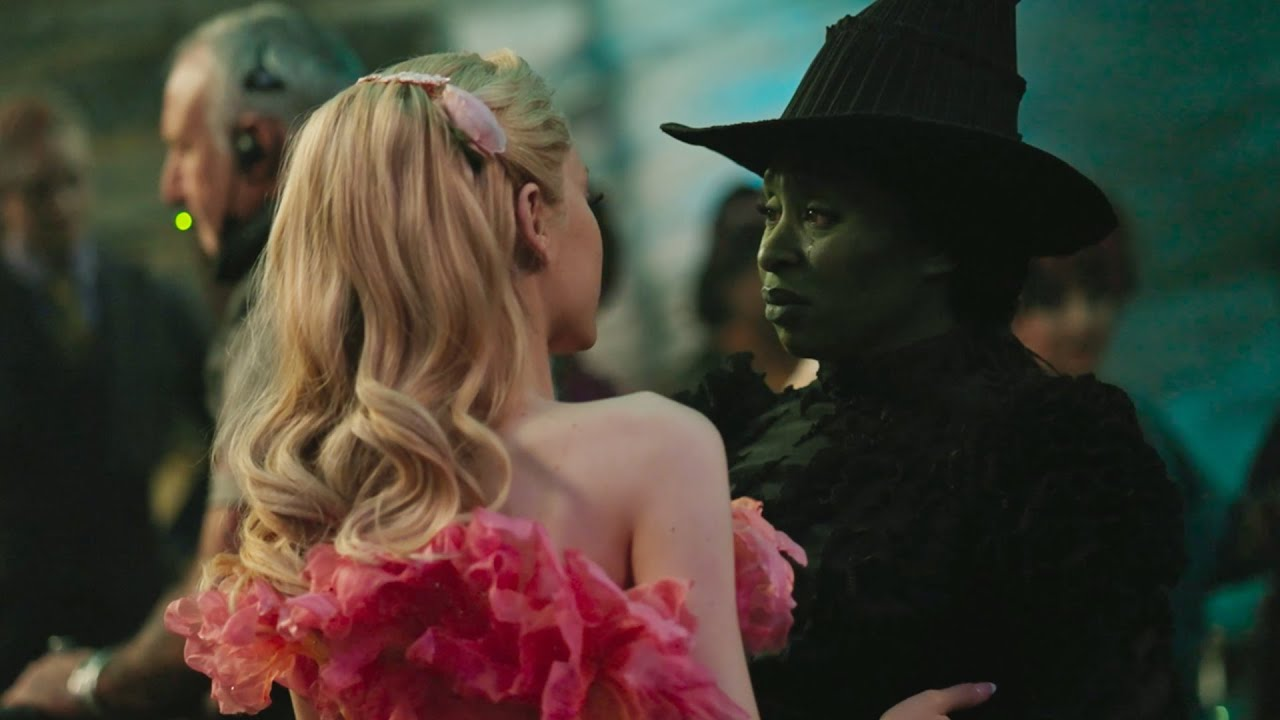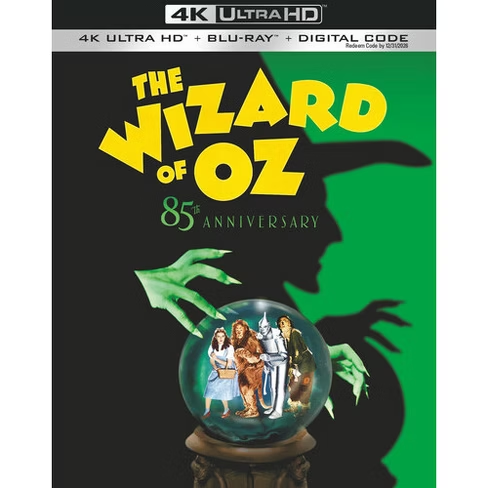I wrote a little piece for the latest Down the Yellow Brick Pod Pod Squad Party. Sharing it here... This is set just before the opening of Ozma of Oz.
Dorothy Gale found her way to the chicken coops on the deck. It had been a few days on board the steamship to Australia with Uncle Henry and although she wasn't feeding these chickens, going to them reminded her of home in Kansas.
"Birds are funny things, aren't they?" asked a voice behind her.
Dorothy turned to look at the person behind her, a tall, stately woman wearing a shawl over her dark blue dress. Under her stylish hat, Dorothy could spot blonde hair with a light streak of silver.
"I live on a farm," Dorothy explained. "I miss the chickens at home."
"Ah," the woman continued. "Where do you come from?"
"Kansas," Dorothy replied.
"You're a long way from home, but you seem to handle it well."
"And you?"
"Ah, I suppose that depends on which way you want to look at it, though I suppose I'm about the same distance either way. I'm from London."
"Oh, that is a very long way away." Dorothy looked down shyly. "I wish my dog Toto could be here, but he wouldn't like how much the ship rocks."
"Have you got your sea legs?" the woman asked.
"I just have my own legs," Dorothy replied, only to find the woman laughing softly.
"It means you know how to handle being at sea."
"Well, I hope I do." Dorothy realized she didn't know the woman's name. "My name is Dorothy."
"Dorothy, I'm glad to meet you. My name is Alice. Australia is where I'm headed next."
"I'm going with my Uncle Henry, he's been very ill lately and the doctor said the trip will help him."
"I hope it will. How did you find the journey from Kansas so far?"
"I thought the train was nice, I liked looking out the windows."
"Met any people?"
"Oh, yes, lots. Some of them were very kind, but some of them were very... different."
Alice sighed. "It takes all types to make a world, they say. Some people are kind, others can be disagreeable. Others are quite mad."
Dorothy looked up. "Some can even be wicked, or humbugs."
"The important thing," Alice said, "is to know who you are and stay true to that."
"It always helps to have a friend, too," Dorothy added. "With good friends, you can get through anything."
"You're already a very wise little girl!" Alice commented. "I'm impressed. Have you ever had tea before, Dorothy?"
"I have. It's a nice drink."
"Oh, I mean a proper tea, inviting someone over to have a proper social."
"Oh. I don't think so, but I have been to some wonderful celebrations."
"I should like to hear about them, if you'd like to visit my cabin this afternoon. Why don't you ask your Uncle Henry? He can come along as well if he'd like."
"I'm sure he would. We're in the big cabin with all the other people."
"You're traveling light, I take it. Not too much luggage?"
"Yes, we didn't have much to pack."
"That's fine, just bring your best selves."
"Thank you."
Alice gave Dorothy her cabin number and the two parted.
Dorothy gazed at a yellow hen giving her what looked like a friendly glance.
"It's nice to meet you too," she commented.

.png)



















